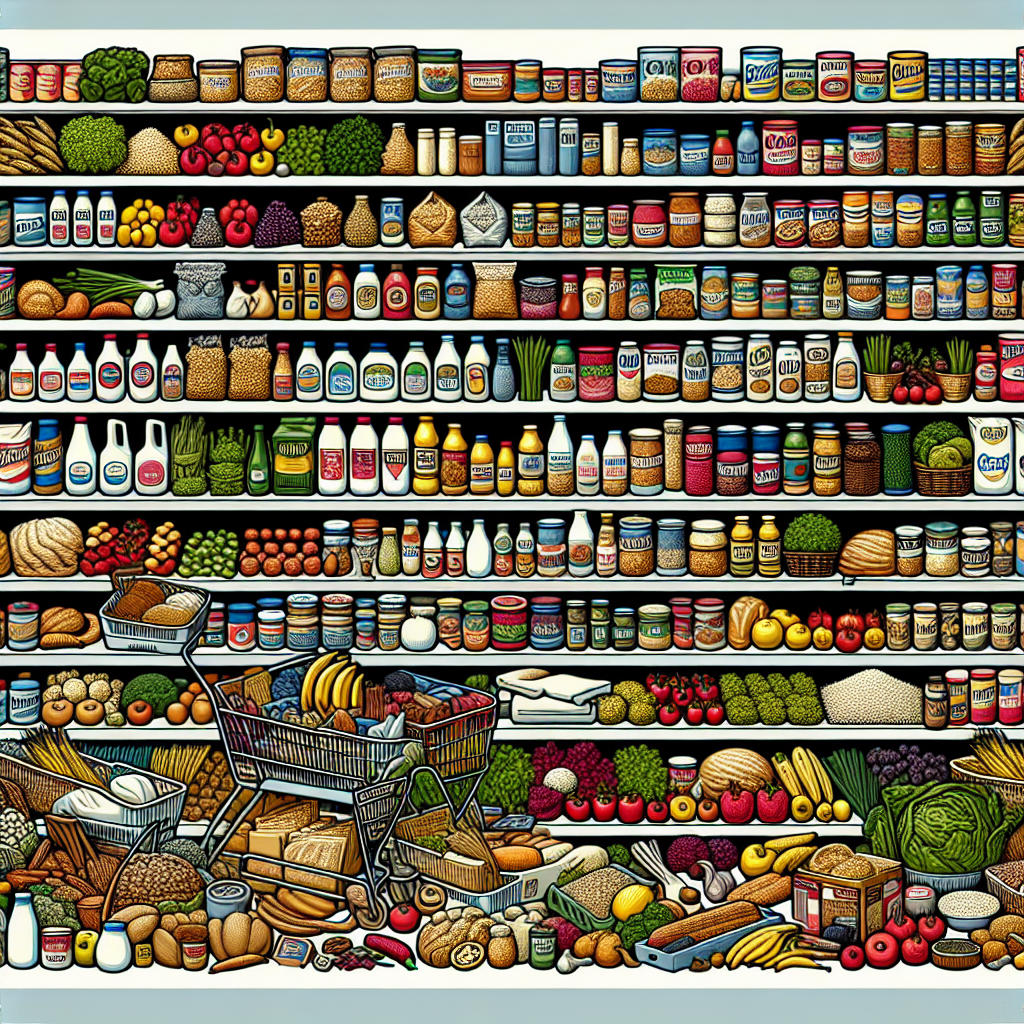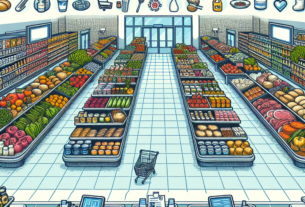The Impact of 15-Minute Grocery Delivery Services on the Industry
The grocery industry has seen a significant shift in recent years with the rise of 15-minute grocery delivery services. These services promise to deliver groceries to customers’ doorsteps within 15 minutes of placing an order, revolutionizing the way people shop for groceries. In this report, we will explore the impact of these services on the industry, including financial implications, market share, volumes, and future plans.
Financial Implications
The introduction of 15-minute grocery delivery services has had a profound impact on the financials of traditional grocery retailers. These services require significant investments in infrastructure, technology, and logistics to ensure timely deliveries. As a result, many grocery retailers have had to adapt their business models to compete with these new entrants.
According to a report by CulinaryCoverage.com, the global grocery retail industry is projected to reach $12 trillion by 2025, with a CAGR of 5%. However, the growth of 15-minute grocery delivery services is expected to disrupt this growth trajectory, with traditional retailers facing increased competition and pressure on their margins.
Market Share
The market share of 15-minute grocery delivery services has been steadily increasing, with major players like Instacart, DoorDash, and GoPuff dominating the market. These companies have leveraged their existing infrastructure and partnerships to quickly expand their reach and capture market share.
According to a recent survey, 30% of consumers have used a 15-minute grocery delivery service in the past year, with 80% reporting high levels of satisfaction. This indicates a growing demand for convenient and fast grocery delivery options, which traditional retailers will need to address to remain competitive.
Volumes
The volumes of orders processed by 15-minute grocery delivery services have been steadily increasing, with some companies reporting double-digit growth year over year. This increase in volumes has put pressure on logistics networks and supply chains, requiring companies to invest in additional capacity and technology to meet demand.
For example, Instacart recently announced plans to expand its fulfillment network and hire thousands of new employees to support its growing order volumes. This expansion will allow the company to reach more customers and improve delivery times, further solidifying its position in the market.
Future Plans
Looking ahead, the future of 15-minute grocery delivery services looks promising, with companies investing heavily in technology and innovation to improve efficiency and customer experience. Some companies are exploring the use of autonomous vehicles and drones for last-mile delivery, while others are focusing on expanding their product offerings to include prepared meals and household essentials.
For example, DoorDash recently launched DashMart, a virtual convenience store that offers a wide range of products for delivery within minutes. This move signals the company’s commitment to diversifying its offerings and capturing a larger share of the grocery market.
In conclusion, the impact of 15-minute grocery delivery services on the industry is undeniable, with these services reshaping the way people shop for groceries and challenging traditional retailers to adapt to changing consumer preferences. As the market continues to evolve, companies will need to innovate and collaborate to stay ahead of the competition and meet the growing demand for fast and convenient grocery delivery services.



